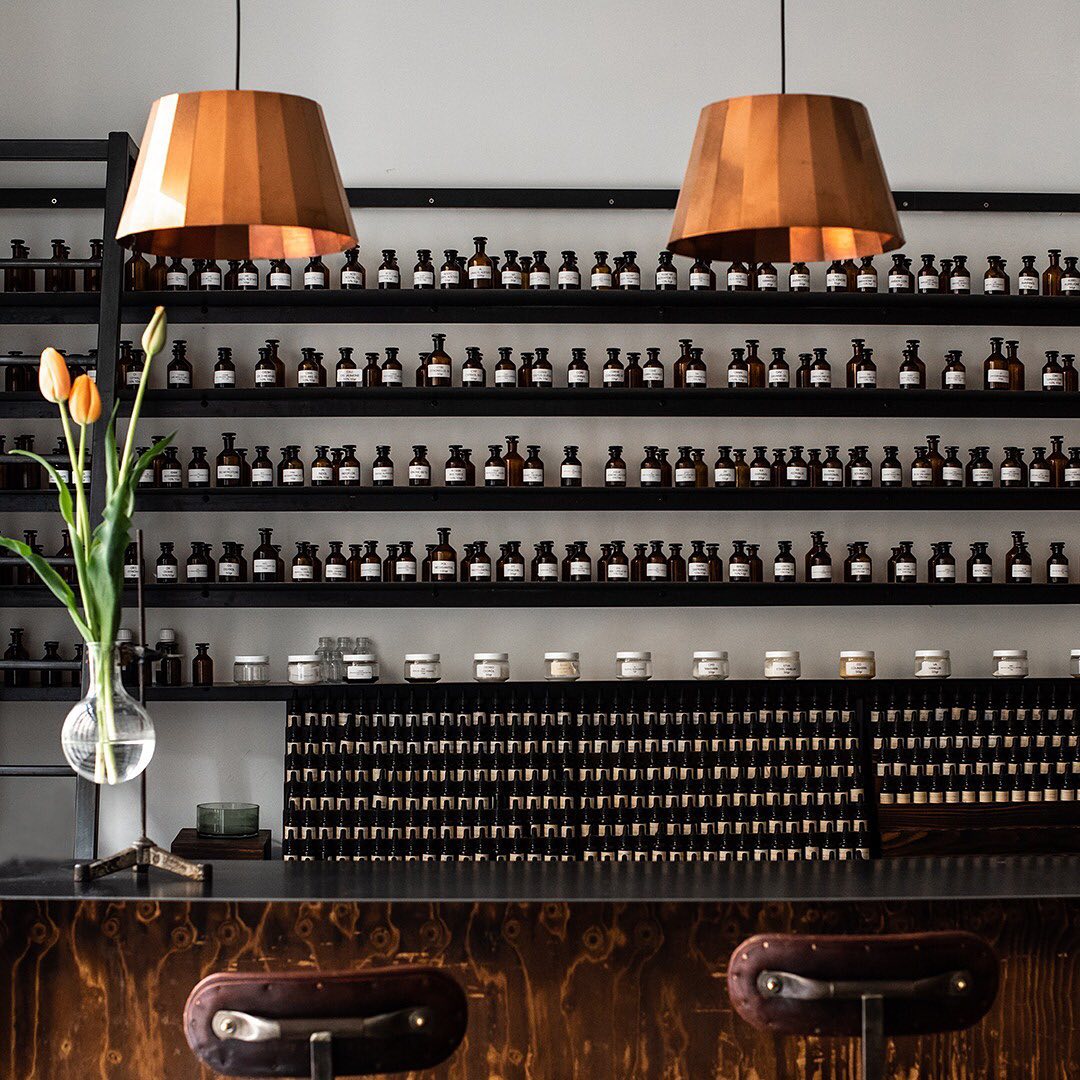
the largest multi-brand beauty store in France
+800 fragrances from +80 brands including :
recommended in more +60 city guide
You have a question? Please consult the Frequent Asqued Questions (FAQ).
If you don't find your answer, please contact us:
by email: info@noseparis.com
by phone: +33 1 86 47 72 76
Nose ship perfume by international airfreight and by La Poste for the services Colissimo Expert and Chronopost Classic to more than 75 countries.
To know more, please consult the Frequent Asked Questions (FAQ)
To know more about returns and refunds, please consult Terms and Conditions of Sales, section 6 Right to and period of withdrawal.
Nose proposes an olfactive diagnosis where 5 perfumes will be proposed among a list of 500 curated ones.
Do the diagnosisNose proposes an olfactive diagnosis where 5 perfumes will be proposed among a list of 500 curated ones.
Do the diagnosisAs an excellent poet and a rational aesthete, Dominique Ropion is an oxymoron of his own. "Even as a child, I could smell everything, even a handshake!" says Dominique Ropion. "I saw the world through its smells more than its perfumes. I discovered this job very early, but the idea of doing it came to me much later."
In order to discover the olfactory memory and the creation process of this legendary perfumer, we went to interview him on the île de Jatte, close to Paris.
Your first olfactory encounter?
It must be the fragrance worn by my mother: "Calandre" by Paco Rabanne.
What is your oldest olfactory memory?
It may surprise, but one of my oldest olfactory memories is the smell of the Parisian subway and its para-cresol facets of! It would have been more poetic to talk about jasmine flowers or roses, but the reality is that I grew up in Paris. These metal and hot tar smells were quickly imprinted in my olfactory memory. As a child, without realizing it, I smelt everything around me on a daily basis, without any judgment or analysis.
You say you always have a book of poetry with you. Who is your favorite author?
I really appreciate the writer Georges Perec. Like Jacques Roubaud, he was part of the Oulipo, an abbreviation for the Ouvroir de littérature potentielle, which is a group of poets and mathematicians who define themselves as "rats who build themselves the labyrinth they aim at departing from." They do a very exciting exercise by imposing themselves some experimental writing rules, such as to write a text without using the vowel E and only the vowel A. I find mind gymnastics very amusing and it reminds me of the constraints (in terms of price or regulation) I have when I work on a new olfactory creation! I also have in mind Raymond Queneau, who in "Hundred Thousand Billion Poems" cuts verses from different poems letting the readers obtain new ones by combining a few of them haphazardly. Raw materials and accors can be combined with each other randomly while resulting in suprising associations. Well, I do the same with my palette of raw materials and my accords! I cut them and associate them in a new way.
What are your favorite raw materials? Why?
As you know, I particularly like flowers, in all their complexity. Especially the flower notes that may be considered primary, such as rose, narcissus, orange blossom, jasmine, tuberose, violet: for a perfumer, they are as precious as gems for a jeweller. I like to work with all their green, petal, fresh and sensual facets, but also with the dried petals' notes: one flower can tell thousands of different stories ... I also like ingredients like cashmeran, whose character is so complex and multi-faceted: I love its dry and fruity pine nuances, which then reveal a slightly musky and raspberry facet.
In the past, you’ve stated that in order to develop a great fragrance, one needs to “know the classics" or "to well study what precedes us". What makes a niche fragrance great?
Knowing the classical olfactory structures allows us to spontaneously form a creative idea, the same way a music composer, who develops a small melody that she or he has in mind, makes a symphony. A great niche fragrance is a perfum that has a new, unique identity, and a trail which is recognizable among a thousand.
What makes the following fragrances so unique that they can be recognized on the street?
Portrait of a Lady
This perfume has something hypnotic, a terrible sensuality with a lot of character: the charm of the Turkish rose is sublimated by a heart of patchouli with nuances of sandalwood and incense.
Carnal Flower
This magnetic tuberose, contrasted by spicy tones, reveals an exceptional strength, both volatile and permanent, thanks to a layer of white musks.
Cologne Indélébile
I am still impressed by the tenacity of its citrus notes. Together with Frédéric, we did a deep technical work on its permanence, while trying to develop a singular signature. Cologne Indelebile is a double fragrance, a chiaroscuro, revealing a musk that is both innocent and dark.
Géranium pour Monsieur
This fragrance is actually the forerunner of Portrait of a Lady. Its rose heart, also present in Portrait of a Lady in a more opulent version, here unveils itself with a new freshness.

the largest multi-brand beauty store in France
+800 fragrances from +80 brands including :
recommended in more +60 city guide
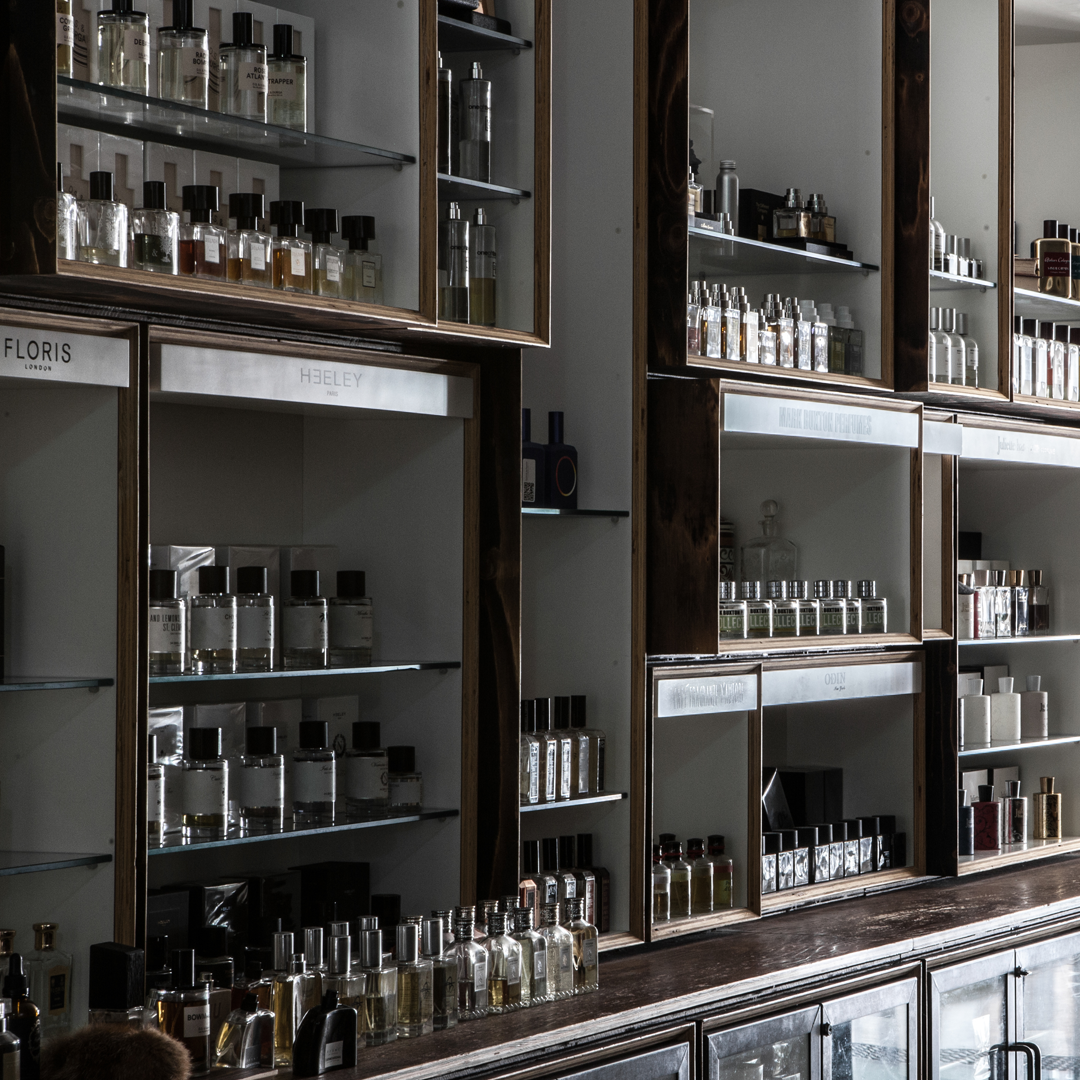
+ 800 fragrances from +80 niche brands
but also home & cosmetics.
100% authentic products & official reseller
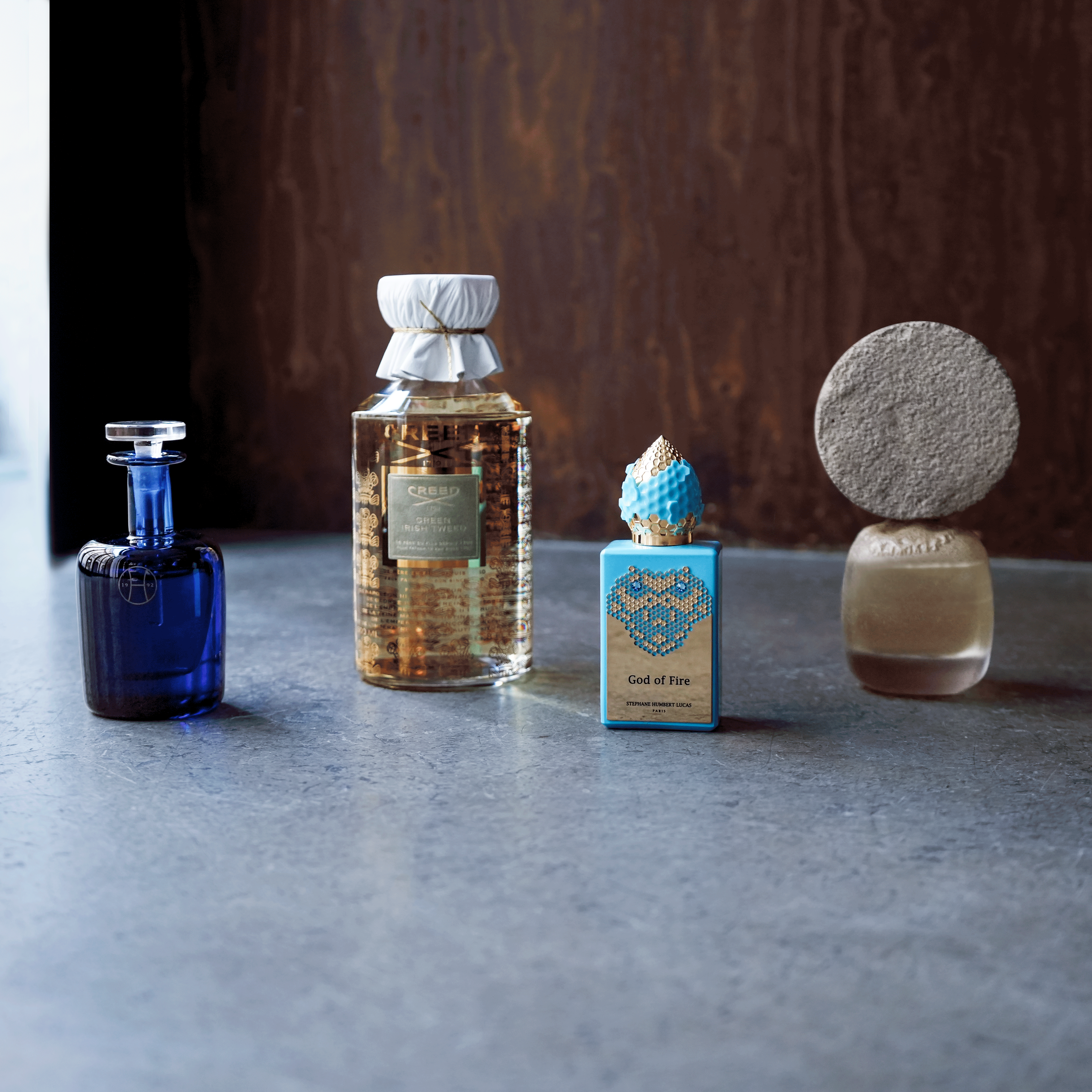
official French price for :
Creed, Maison Francis Kurkdjian, Kilian,
Marc Antoine Barrois…
VAT free for non European country
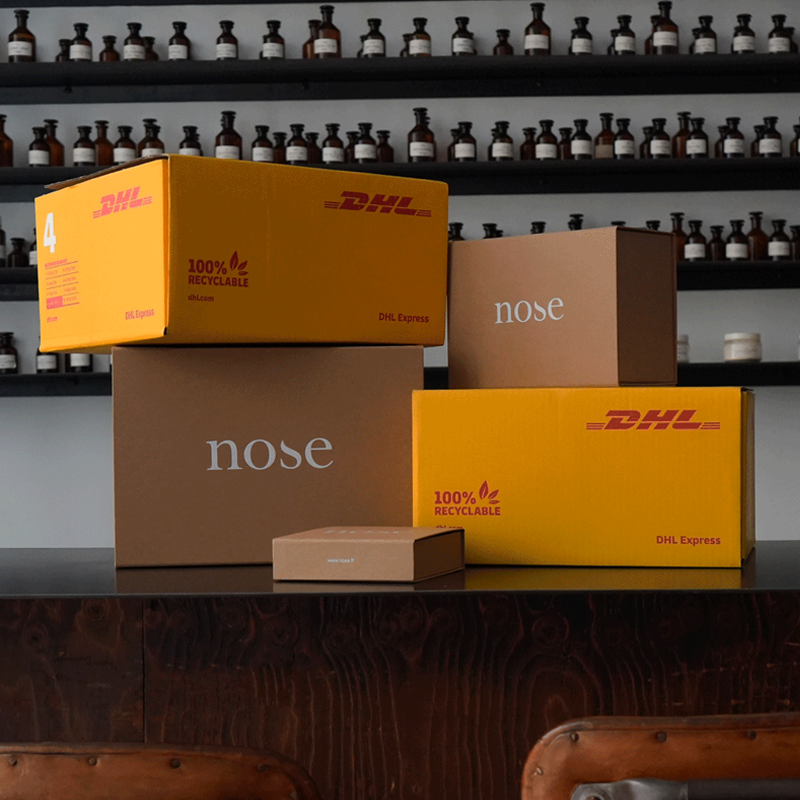
free express airplane delivery with DHL above
€167
all informations available here.
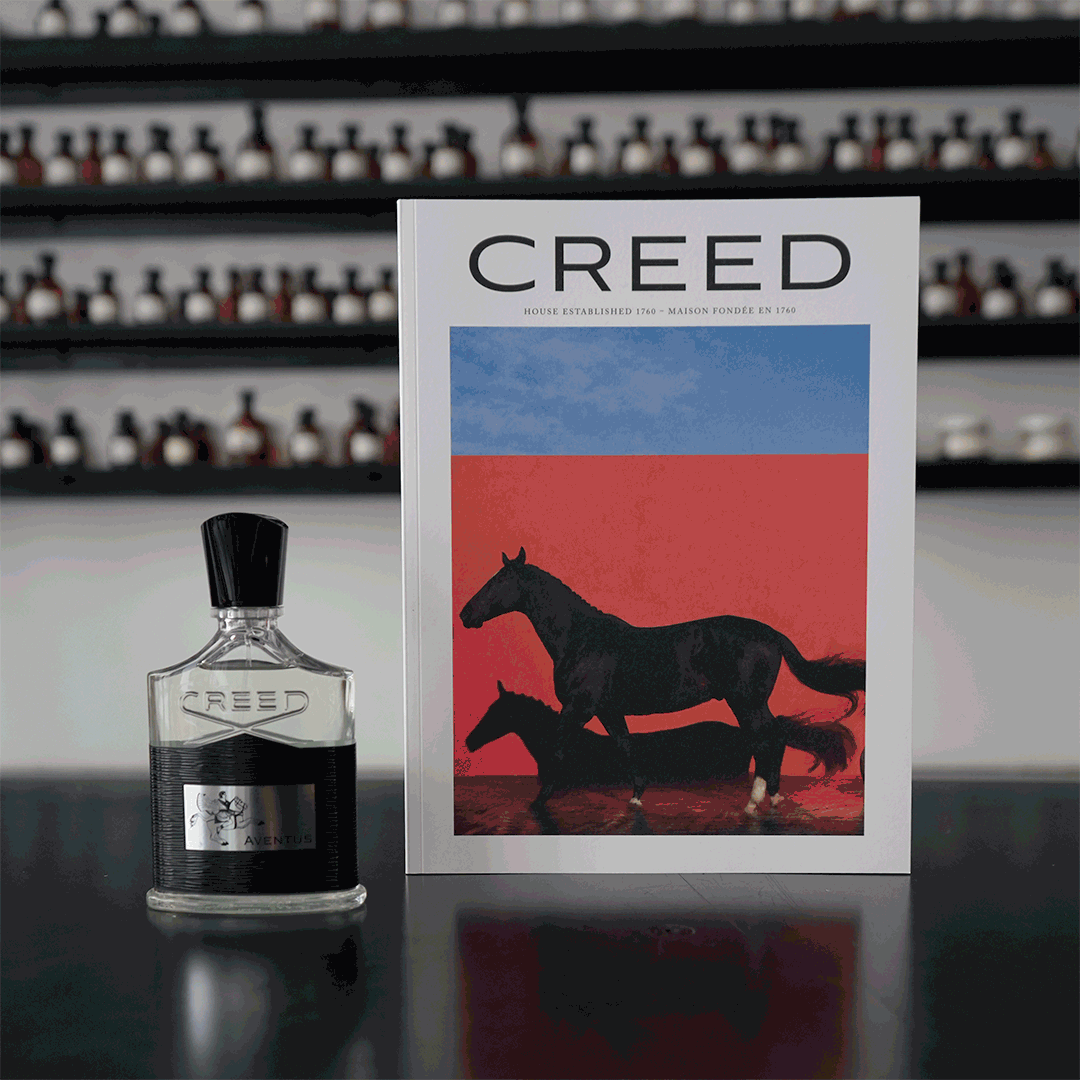
+200 gifts offered with purchase by over 50 brands!
Creed, Maison Francis Kurkdjian, Kilian, Diptyque,
Éditions de Parfums Frédéric Malle & much more
to discover here.